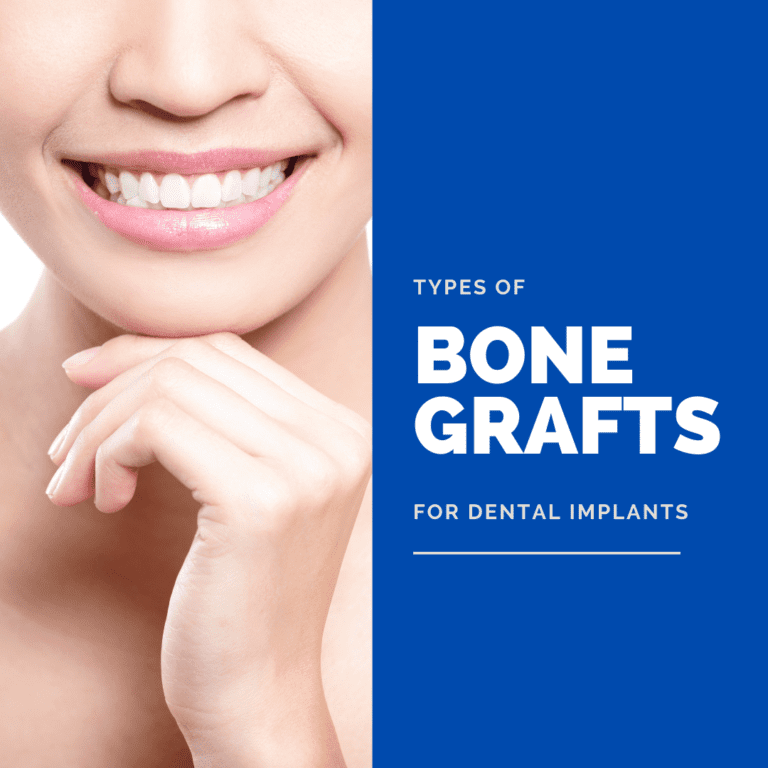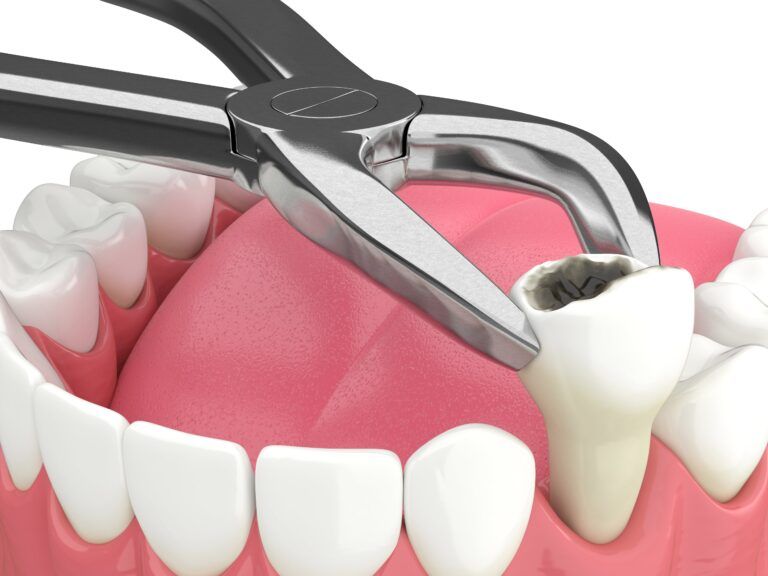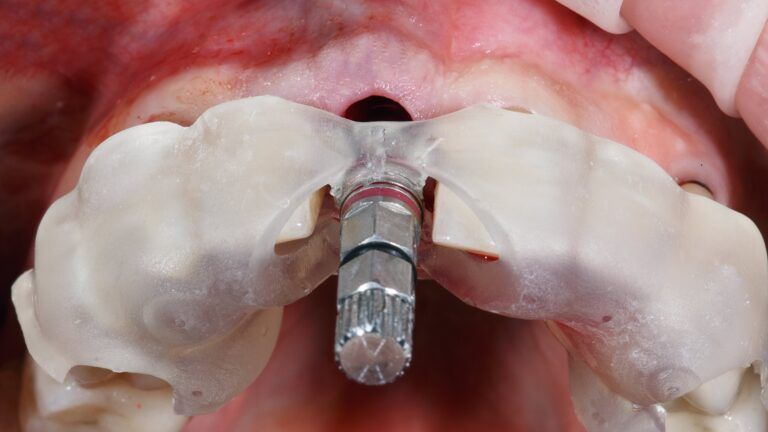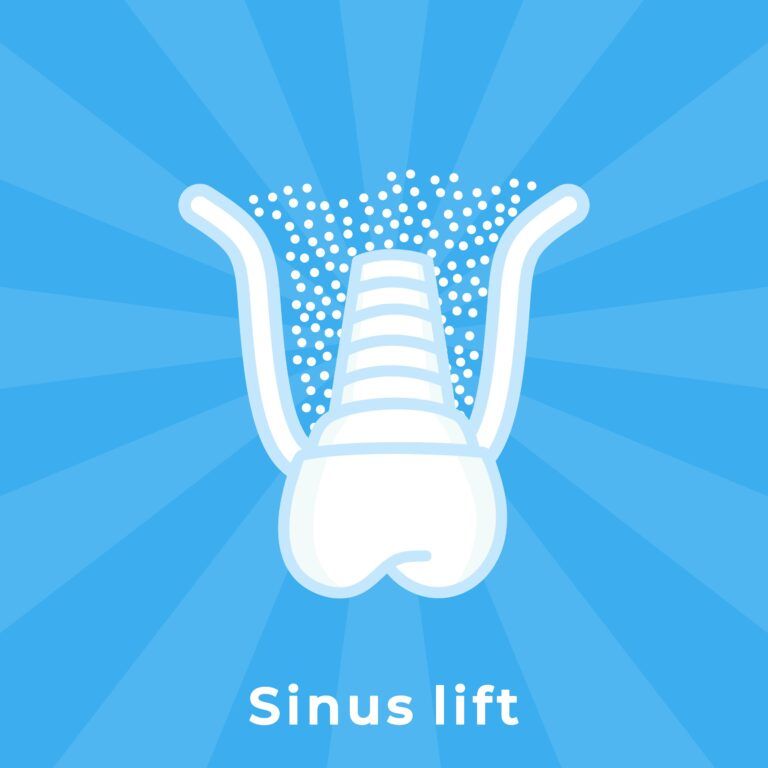When getting any type of dental procedure, your dentist will need to make sure that you are an ideal candidate for that type of treatment. In the case of dental implants, one important requirement is that you have enough bone mass in your jaw. For this reason, not just anyone can walk into a dental office and walk out with dental implants. However, having low bone mass in your jaw also does not immediately disqualify you from procedure. This is because a supplemental procedure known as a bone graft can be performed.

A bone graft is a surgical procedure whereby your dentist will place bone material in an area of low bone mass. They are generally required when you have had missing teeth for more than six months. This is because when a tooth is lost, the jawbone becomes affected by a process known as bone resorption. Bone resorption is when the body leeches bone mass from the jaw and distributes it to other areas of the body. Unless you have had a missing tooth immediately replaced by a dental implant, chances are that you already have some bone loss in your jaw.
During a bone graft, a small incision is made in the gums to access the affected area of the jawbone. Then, bone material is placed into areas of low bone mass. The gums are then sutured up. On average, it takes approximately 3-6 months for the new bone material to grow. In some cases, the dental implant can be placed during the same procedure, while in other cases the bone graft must heal before having the implants placed. When two separate procedures are performed, they are generally spaced out about 3-6 months to allow the bone graft to heal before the dental implants are placed.
At this point you may be wondering where the bone material used during a dental bone graft comes from. In fact, there are three different types of bone grafts that are all differentiated by the source of the bone material used for the procedure:
Autogenous Bone Graft
An autogenous bone graft, also known as an autograft, obtains bone material from a different location in your own body. Depending on how much bone material is needed, bone can be harvested from other parts of your jaw, chin, lower leg, skull, or hip. The main benefit of having an autograft is that the bone material is live and will be able to encourage the growth of bone cells. However, one downside to an autograft is that two procedures may be needed: one to obtain the bone material and the second to place it.

Allogenic Bone Graft
An allogenic bone graft, also known as allograft, obtains bone material from a cadaver. Once the bone has been harvested from the cadaver, it will be freeze-dried to extract any remaining moisture before being placed. Although allografts do not require you to have your own bone harvested, they also use dead bone. This means that an allograft will only act as a framework to fill a void and will not produce bone growth itself. However by providing the scaffolding, an allograft can allow your existing bone to grow around the framework in order to increase bone mass in that area.
Xenogenic Bone Graft
A xenogenic bone graft obtains bone material from another species altogether. Like allogenic bone grafts, the bone material will be properly processed before placement to ensure that it is safely accepted by your body. Also like an allogenic bone graft, the xenogenic bone graft will act as a framework for your own bone to grow around. The main benefit to a xenogenic bone graft is that you will not need to harvest your own bone. However, since it may take longer for your existing bone to grow around the grafting area, your recovery time may be longer.
Overall, bone grafting is an essential supplemental procedure in individuals with low bone mass who wish to get dental implants. The three main variations are autografts, allografts, and xenografts. However, some dentists may prefer one approach over the others, so it is important to ask what type of graft your dentist recommends for you.

Irfan Atcha, DDS, DICOI, DADIA at New Teeth Chicago Dental in Chicago, Illinois is a board-certified general dentist and a nationally recognized expert in dental implants, cosmetic dentistry, and sedation dentistry. Dr. Atcha is now serving patients in Naples, Bonita Springs and SW FL area with All-on-4 implants, teeth-in-a-day, same day dental implants and the complex zygomatic dental implants for the no-jaw bone solution approach. To schedule a consultation please email Dr. Atcha at teethforyou@gmail.com.





